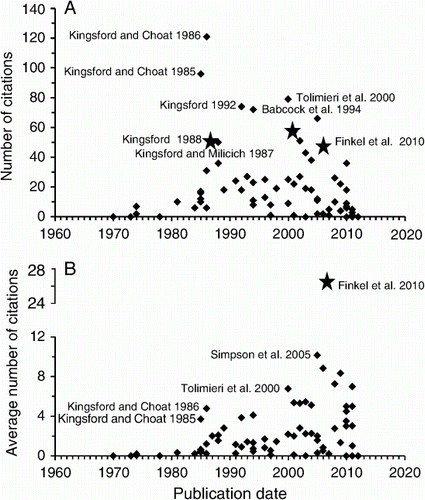Figures & data
Figure 1 Map of coastal waters and the shelf break within c. 100 km of LML on the east coast of New Zealand. The star indicates the Jellicoe Channel site used by Jillett (Citation1971) in his plenary work on seasonality of plankton. The majority of work on plankton took place near to the LML, some studies extended to Great Barrier Island and work on the interactions between planktivorous reef fishes and plankton was done at the Poor Knights Islands. Research by New Zealand Fisheries and NIWA (especially by J Zeldis) and others has encompassed the Hauraki Gulf and outer Hauraki Gulf (north of the star). Oceanography of the Gulf is dominated by wind effects and periodic flows of the East Auckland Current (Zeldis et al. Citation2004). The Okakari Point to Cape Rodney Leigh Marine Reserve extends ~2.5 km either side of LML.
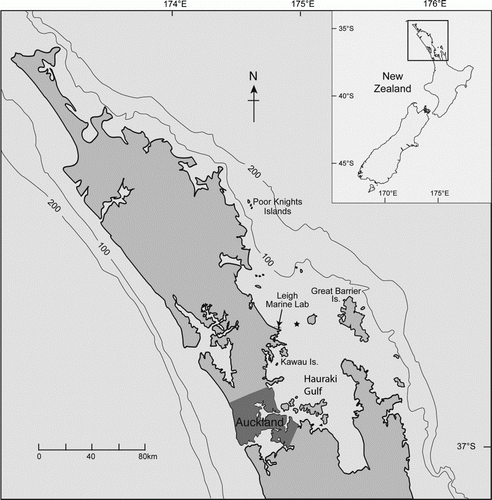
Table 1 Examples of studies on the identification and distribution of plankton with a brief explanation of the focus of the study, location and the sampling design.
Figure 2 Planktivorous fish, Caprodon longimanus, feeding in Northern Arch, Poor Knights Islands. Kingsford and MacDiarmid (Citation1988) demonstrated that large aggregations of fish could reduce densities of plankton by up to 5×that of areas without fish. Photo: MJ Kingsford.
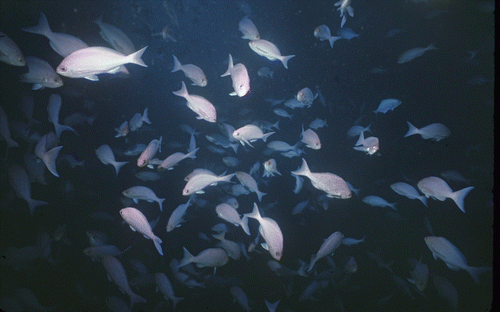
Table 2 Examples of between the grid lines research from LML.
Figure 3 The contribution of plankton-related publications to the total LML publications from 1966 to 2012 (5 year bins).
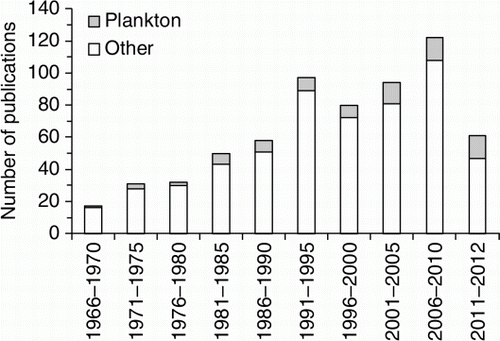
Figure 4 Research categories covered by plankton publications 1966 to 1990, and 1991 to 2012; a single paper could score more than once by category.
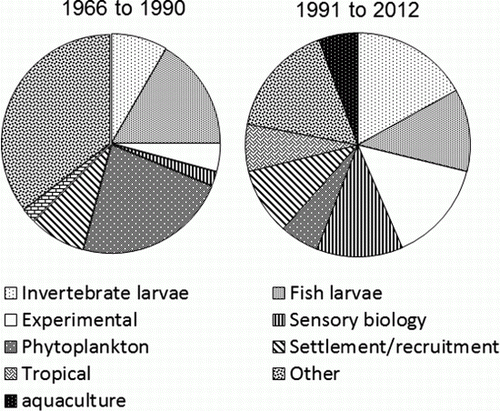
Figure 5 A, Total citations by year for LML plankton publications. B, Average number of citations by year for LML plankton-related publications. Source: Web of Knowledge, November 2012.
